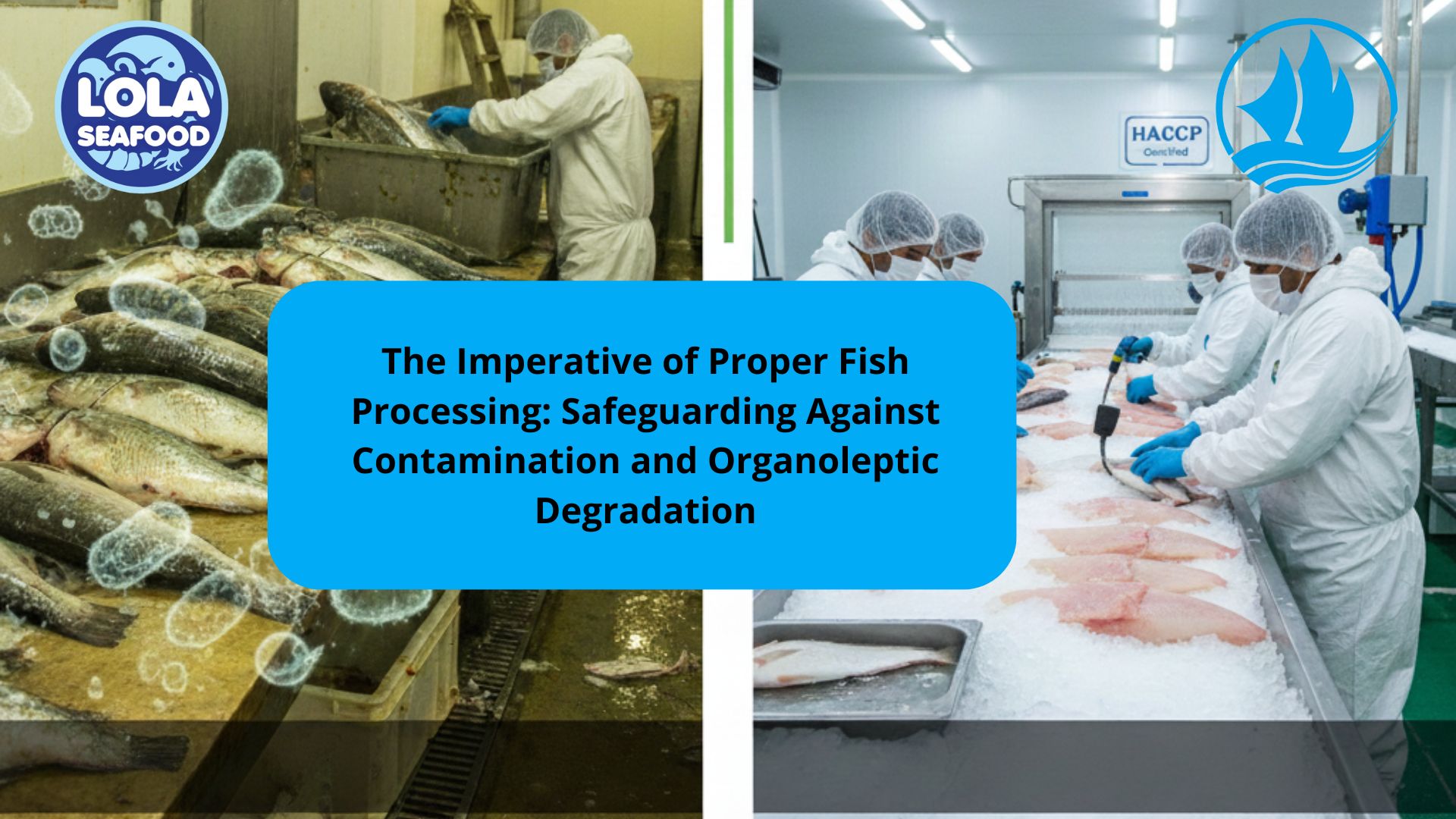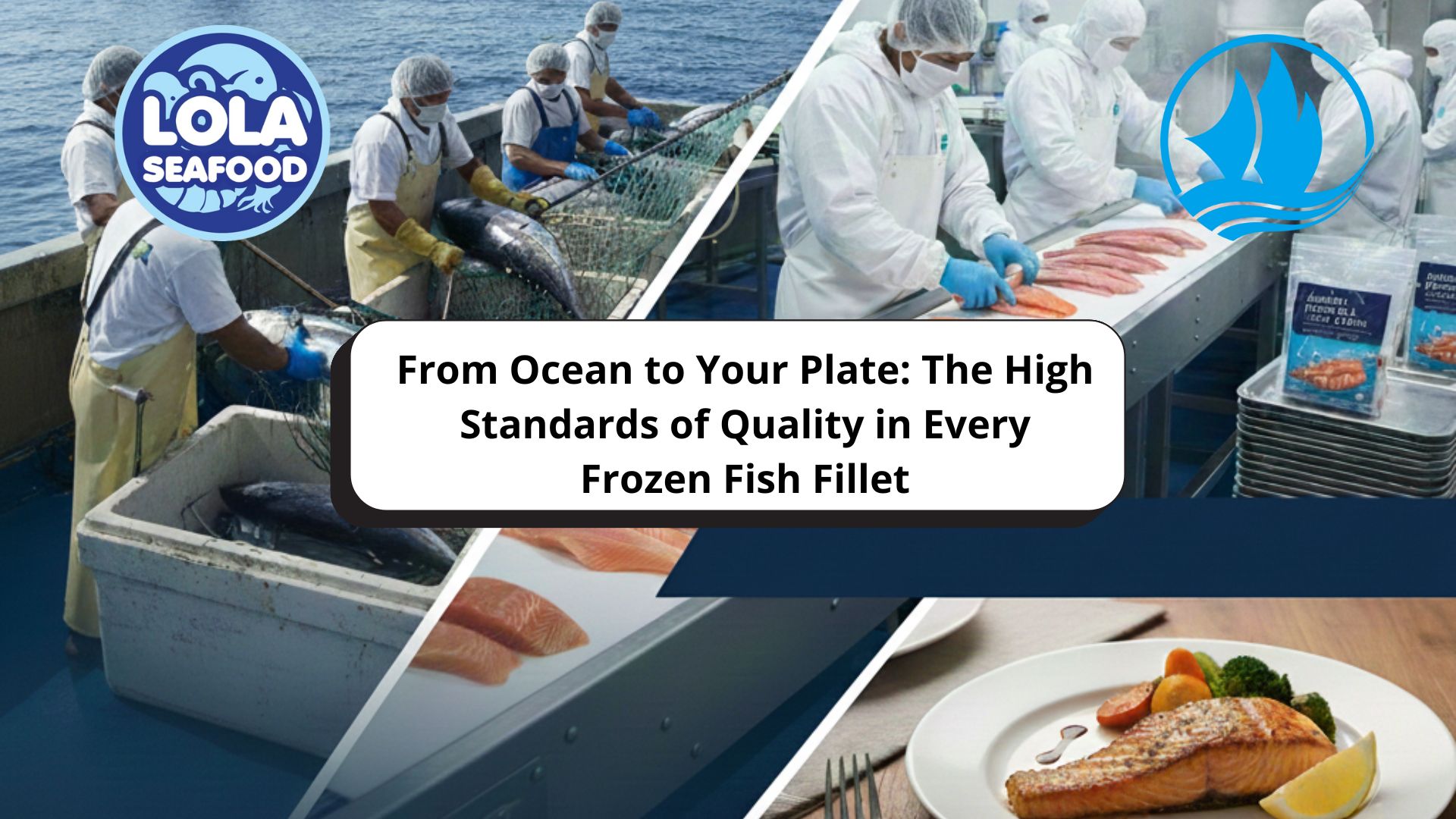How to Know Good and Fresh Octopuses Legs
By. Sofie Thoriq - 17 Apr 2025.jpg)
Kelolalaut.com Octopuses’ legs are a delicacy in many parts of the world, featured in Mediterranean, Asian, and Latin cuisines. Whether you’re planning to grill, braise, or serve them chilled in a salad, knowing how to identify good and fresh octopuses’ legs is key to achieving the best flavour and texture in your dish. Poor-quality octopuses can taste rubbery, smell unpleasant, or lack the rich, clean taste of the ocean. Here’s how to tell if octopuses legs are truly fresh and worth adding to your plate.
1. Appearance: Colour and Texture
One of the easiest ways to judge freshness is by looking at the colour and surface of the octopuses’ legs. Fresh octopuses’ legs should have a slightly glossy appearance with a natural, vibrant tone—often purplish, greyish, or light pink depending on the species and preparation. Avoid legs that appear dull, dry, or discoloured, especially those that look brownish or yellowish, as this may indicate age or improper storage.
The skin should still be mostly intact, with the suckers firmly attached and not falling off. Damaged or peeling skin may suggest rough handling or that the octopuses is no longer fresh.
2. Smell: The Best Indicator
As with most seafood, smell is a strong indicator of freshness. Fresh octopuses’ legs should have a mild, briny scent—similar to a clean ocean breeze. If you notice a strong fishy, sour, or ammonia-like odour, it’s a clear sign that the octopuses is no longer fresh and should not be consumed. Trust your nose—if it smells off, it probably is.
3. Touch: Firmness and Moisture
Touch the octopuses’ legs gently. They should feel firm and slightly springy, not mushy, slimy, or sticky. Fresh octopuses have a pleasant, dense texture when raw, which becomes tender after cooking. If the legs feel soft or soggy, it might be an indication of thawing and refreezing or simply that the product is past its prime.
4. Check the Source and Packaging
If you’re buying packaged or frozen octopuses’ legs, check the label for harvest or packaging dates. It’s best to choose wild-caught octopuses from reputable sources with clear labelling. Vacuum-sealed packaging with no air bubbles or excess liquid is preferable, as it helps preserve the quality.
When buying from a fish market, ask the vendor about when it was caught or delivered. A reputable seller will be transparent and may even let you inspect or smell the product before buying.
5. Frozen Octopuses Can Still Be Fresh
Don’t shy away from frozen octopuses’ legs. In many cases, they are frozen immediately after being caught, locking in freshness. Look for frozen legs that are solid, not thawed, with minimal ice crystals or freezer burn. As with fresh octopuses, colour, texture, and smell after thawing will help you determine if it’s still in good condition.
Knowing how to pick fresh, high-quality octopuses’ legs can make a huge difference in your cooking. Always look for a natural colour, ocean-fresh smell, firm texture, and reputable sourcing. Whether fresh or frozen, the right octopuses will elevate your dish with tender texture and deep, savory flavour.
If you are interested in our baby octopus flower, baby octopus whole cleaned and baby octopus whole round please do not hesitate to contact us through email and/or whatsapp

Global Trust Across Three Segments: How the HACCP System Ensures Premium Quality for Demersal, Pelagic Fish, and Legal Shark Product Utilization
.jpg)
Green Investment, Profitable Harvest: How Sustainability Practices Reduce Operating Costs in Fish Fillet Processing Plants (Skin-On and Skin-Less)
 in Meeting Global Protein Demand Sustainably.jpg)
Sustainable Aquaculture: The Role of Recirculating Aquaculture Systems (RAS) in Meeting Global Protein Demand Sustainably





